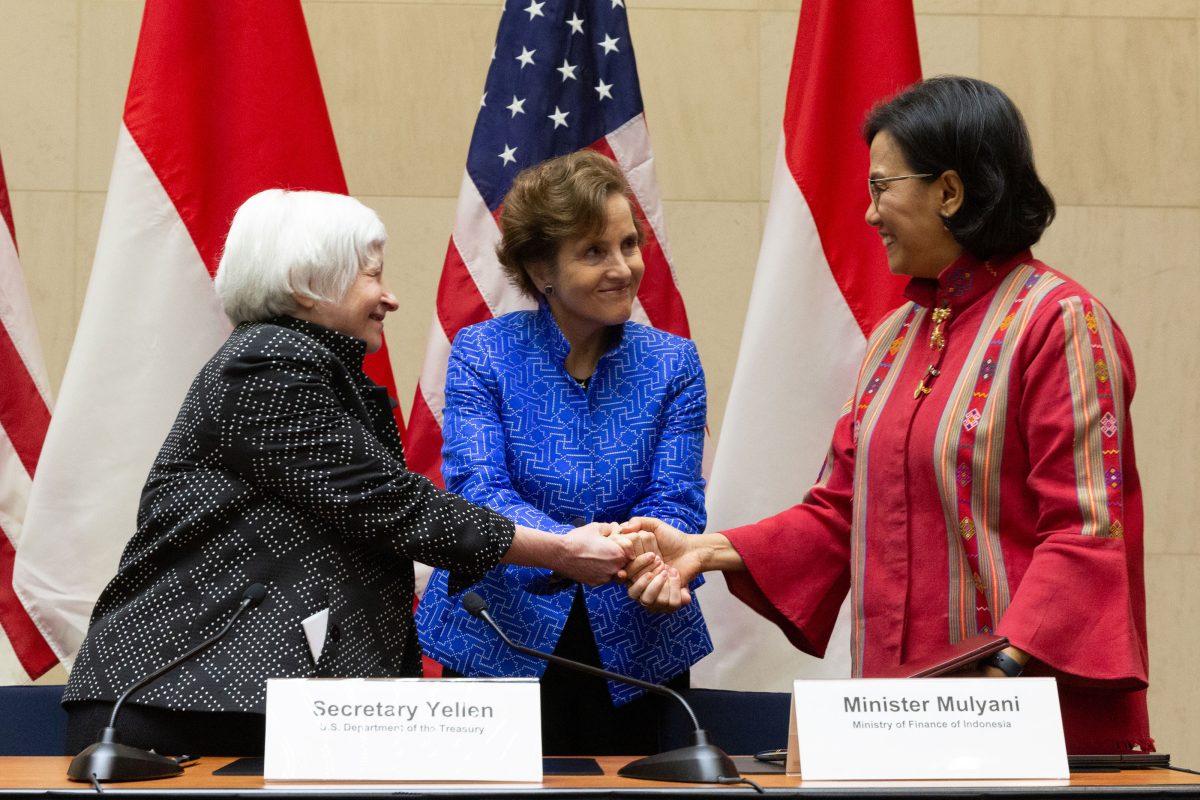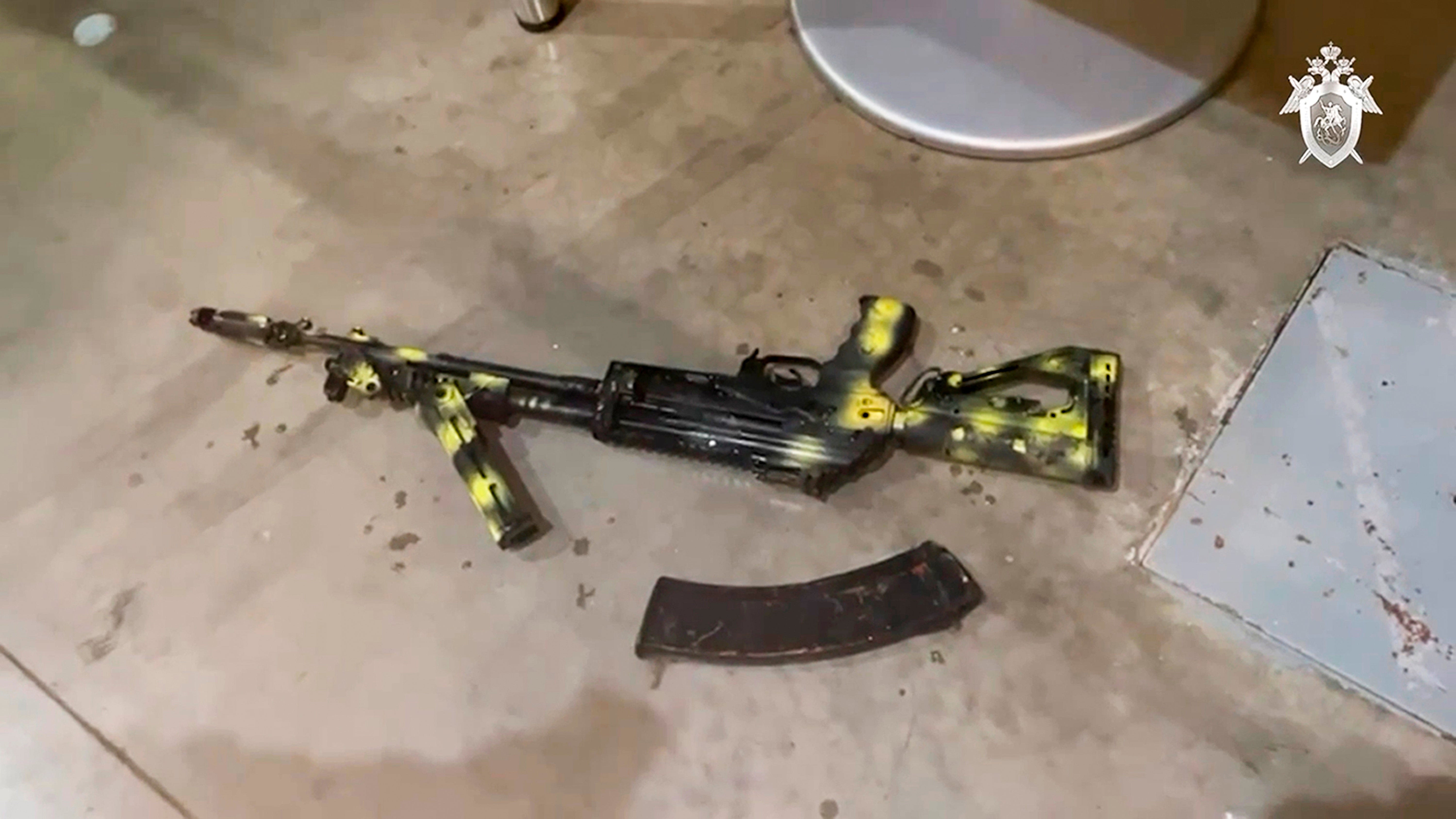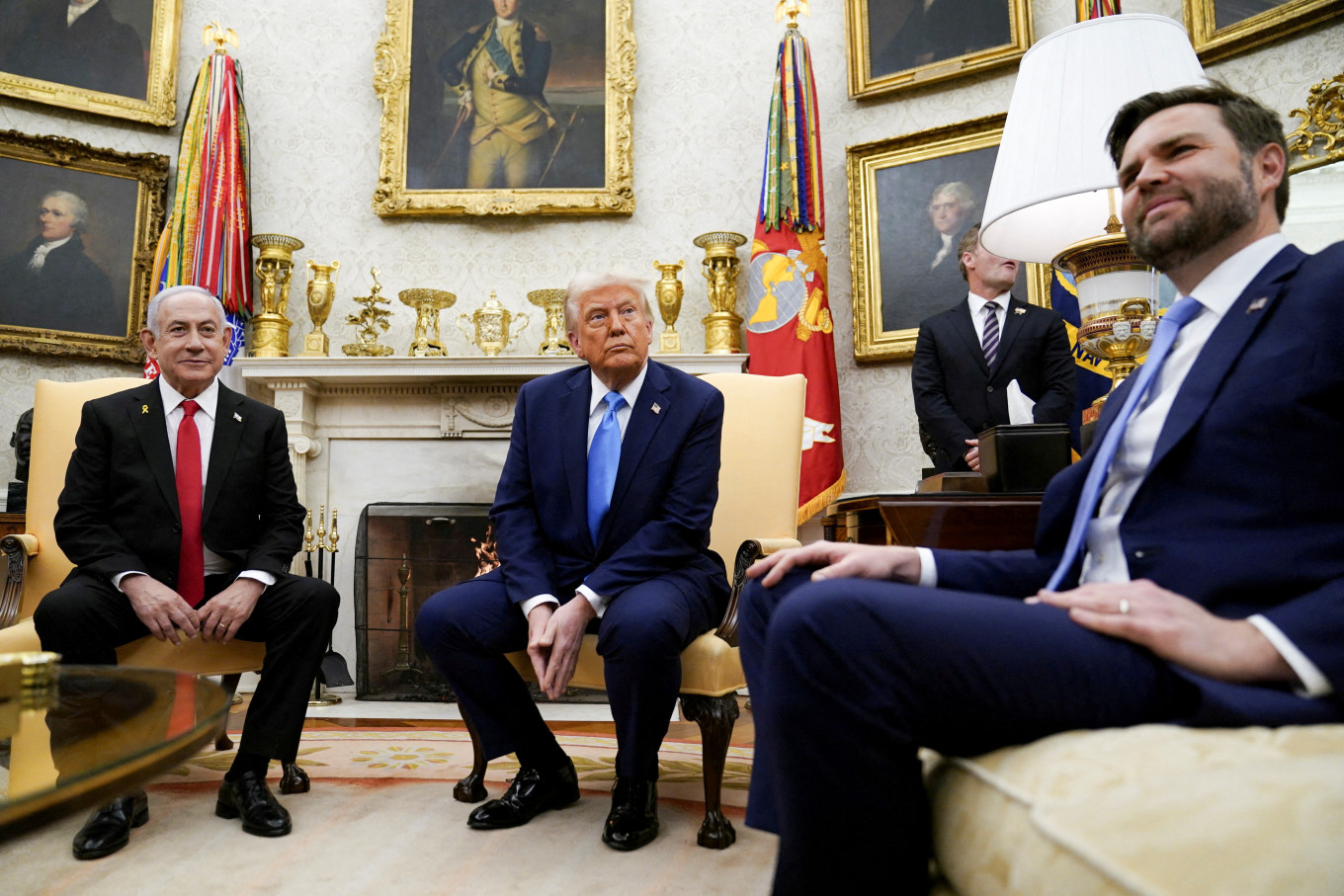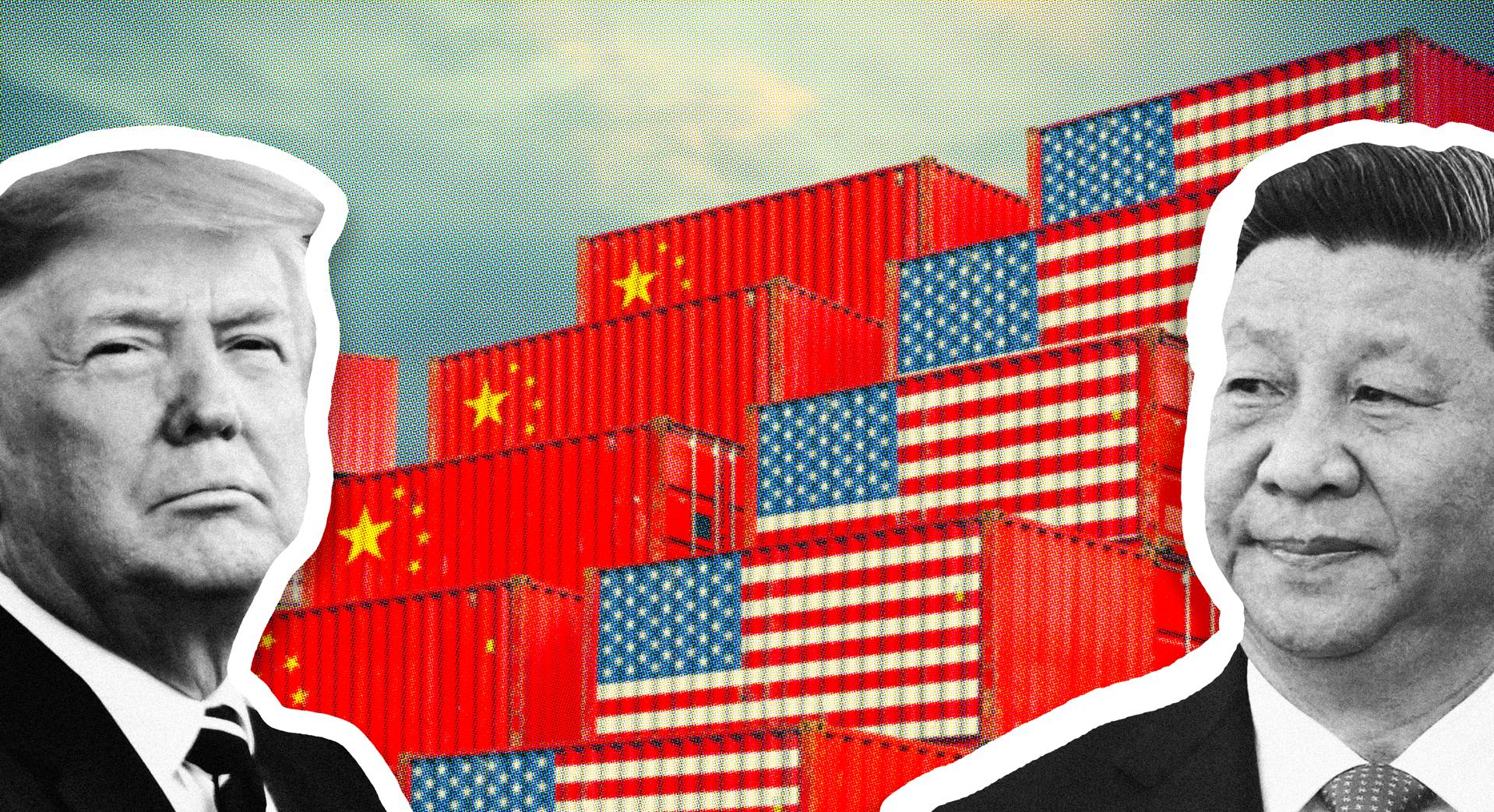Okay, folks, let’s cut through the noise. We’re seeing a fascinating – and frankly, vital – development. Iran and the US are finally talking, albeit indirectly, through Oman. This isn’t some casual chat; the Iranian Foreign Ministry is signaling a ‘serious and constructive’ exchange.
But what are they actually arguing about? Two core issues are on the table: first, lifting the crippling sanctions that have strangled Iran’s economy. And second, addressing concerns about Tehran’s nuclear program, aiming for a verifiable guarantee of peaceful intent. This isn’t just about trust; it’s about preventing a catastrophic escalation.
Let’s be clear: This is a critical juncture, and the stakes are incredibly high. Sanctions have hit Iran hard, fueling instability and resentment. Now, Iran is rightfully demanding the right to peaceful nuclear energy – a right enshrined in international law. The question is, can the US and Iran find a middle ground?
Here’s a quick rundown for those new to this saga:
Iran’s nuclear program dates back to the 1970s, initially under the Shah, with Western support.
After the 1979 revolution, the program slowed but continued, raising international concerns.
The 2015 Joint Comprehensive Plan of Action (JCPOA) – the Iran nuclear deal – temporarily limited Iran’s nuclear activities in exchange for sanctions relief.
In 2018, the US under Trump unilaterally withdrew from the JCPOA, reimposing sanctions, and Iran began to progressively roll back its commitments.
The current talks seek to revive the JCPOA or reach a new, sustainable agreement. This renewed dialogue, even indirect, suggests both sides recognize the urgency of finding a solution. Don’t expect a breakthrough overnight, but this is a development worth watching very, very closely. The fate of the region – and potentially the world – may hang in the balance.







